Choosing the right silicone sealant can make the difference between a lasting project and one prone to issues over time. Whether you’re handling a simple household fix or a major construction project, selecting the best sealant is essential for achieving durable, effective results.
Understanding the Differences Between Acetoxy and Neutral Cure Silicone Sealants
With so many sealants available, it’s helpful to understand the differences between acetoxy cure and neutral cure silicone sealants to choose the ideal product for your needs. This guide explains each type’s strengths, limitations, and best applications for both DIY enthusiasts and professionals.
What is Neutral Cure Silicone?
Neutral cure silicone, also called “non-acidic cure,” releases alcohol or a neutral substance during curing, making it safe for sensitive materials like metals and porous surfaces.
Key Characteristics of Neutral Cure Silicone:
- 🛠️ Non-Corrosive: Suitable for metals and sensitive materials, perfect for construction and automotive applications.
- 🕶️ Low Odor: Emits minimal odor, making it ideal for indoor use.
- 🤸 Highly Flexible: Maintains elasticity after curing, making it ideal for high-movement areas.
Limitations:
- 🕒 Longer Curing Time: Typically takes longer to cure, which may not be ideal for projects needing quick drying.
- 💰 Higher Cost: Generally more expensive, reflecting its versatility and suitability for sensitive materials.
Best Uses:
- Automotive Applications: Great for sealing windshields and body parts.
- Metal Surfaces: Safe for aluminum, copper, and other metals.
- High-Movement Joints: Perfect for areas subject to expansion and contraction, like door and window frames.
Example Use: Neutral cure silicone is excellent for sealing metal window frames in areas with temperature fluctuations, as it’s both durable and corrosion-resistant.
For additional product details, visit our Neutral Cure Silicone Product Page.
What is Acetoxy Cure Silicone?
Acetoxy cure silicone, also called “acid cure,” releases acetic acid (giving it a vinegar-like smell) during curing. Known for its quick drying time and strong bond on non-porous surfaces, acetoxy silicone is ideal for projects needing a fast, waterproof seal.
Key Characteristics of Acetoxy Cure Silicone:
- 🕒 Quick Drying: Dries fast, making it a go-to for projects on a time crunch.
- 🔒 Strong Bond: Adheres well to glass, metal, and ceramic tiles.
- 💰 Typically Lower Cost: Affordable, making it popular for general-purpose applications.
Limitations:
- ⚠️ Corrosive on Metals: The acetic acid released can corrode metals like aluminum and copper.
- 🚫 Odor: The vinegar-like smell during curing can be strong in confined spaces.
- 🌳 Limited Use on Porous Surfaces: Doesn’t bond well with materials like wood or concrete.
Best Uses:
- Glass and Glazing: Excellent for sealing glass shower doors and window panes.
- Bathroom Fixtures: Ideal for sinks, tubs, and bathroom tiles.
- General Household Repairs: Perfect for quick fixes on non-porous surfaces.
Example Use: Acetoxy sealant is an excellent choice for glass shower doors or ceramic tiles in bathrooms, where a fast, waterproof bond is essential.
For a detailed guide and product selection, visit our Acetoxy Silicone Product Page.
Quick Comparison: Acetoxy vs. Neutral Cure Silicone
Feature | Acetoxy Cure Silicone | Neutral Cure Silicone |
Curing Time | Fast (24 hours) | Slower (24-48 hours) |
Odor During Curing | Strong vinegar smell | Low odor |
Corrosion Potential | Can corrode metals | Non-corrosive |
Suitable Materials | Glass, tiles, ceramics | Wood, metal, concrete, plastic |
Flexibility After Curing | Moderate | High |
Cost | Lower cost, suitable for general repairs | Higher cost, best for sensitive materials |
Typical Applications | e.g., bathroom tiles, glass shower doors | e.g., window frames, metal fixtures |
How to Choose the Right Silicone Sealant for Your Project
Choosing between acetoxy and neutral cure silicone depends on material type, environment, and specific needs. Here’s a quick guide for common applications:
- For Non-Porous Surfaces (e.g., glass, tiles): Go with acetoxy silicone for a quick-drying, durable seal. Ideal for bathroom tiles and shower doors.
- For Metal or Sensitive Materials: Neutral cure silicone is best for avoiding corrosion. Perfect for aluminum frames and metal surfaces.
- For High-Movement Joints: Choose neutral cure silicone to handle movement and temperature changes, ideal for window and door frames.
- For Budget-Friendly Projects: Acetoxy silicone is a cost-effective choice for standard household repairs.
For more guidance on product selection, explore our Complete Guide to Choosing Silicone Sealants.
Common Issues with Silicone Sealants and Solutions
Problem 1: Silicone Not Curing Properly
- Solution: Ensure application temperatures are between 5°C and 35°C, and avoid high-humidity conditions. Double-check the expiration date.
Problem 2: Poor Adhesion to Surface
- Solution: Use acetoxy silicone on non-porous surfaces, and choose neutral cure for porous materials like concrete or wood.
Problem 3: Discoloration Over Time
- Solution: Use UV-resistant silicone for outdoor applications to prevent color fading due to sun exposure.
Frequently Asked Questions (FAQ)
Q1: How do I remove silicone sealant?
Use a scraper to lift the majority of the sealant, then remove any residue with a silicone remover or isopropyl alcohol.
Q2: Can I paint over cured silicone sealant?
Most silicone sealants are not paintable. For a paintable option, consider an acrylic sealant.
Q3: What’s the difference between silicone sealant and caulk?
Silicone sealant is more flexible, waterproof, and durable, while caulk is typically used to fill gaps in dry areas.
Q4: How long does silicone sealant last?
High-quality silicone sealants can last up to 20 years or more, especially when applied in protected areas.
Q5: Can I use acetoxy cure silicone on wood?
No, acetoxy cure silicone is not recommended for porous materials like wood. Use neutral cure silicone instead.
External Resource for Further Reading
For more insights on sealant materials and specific applications, check out the National Association of Home Builders (NAHB) guide on choosing adhesives and sealants for construction needs.
Conclusion: Choosing the Right Silicone Sealant
Whether you’re tackling a simple repair or a major construction project, choosing the right silicone sealant is essential for achieving long-lasting results. With fast-drying acetoxy silicone for strong, waterproof bonds on non-porous surfaces, and flexible, corrosion-resistant neutral cure silicone for sensitive materials and high-movement joints, you’re sure to find the ideal solution.
Ready to choose the perfect silicone sealant? Explore our Silicone Sealant Collection to ensure durability and long-term success on your next project!
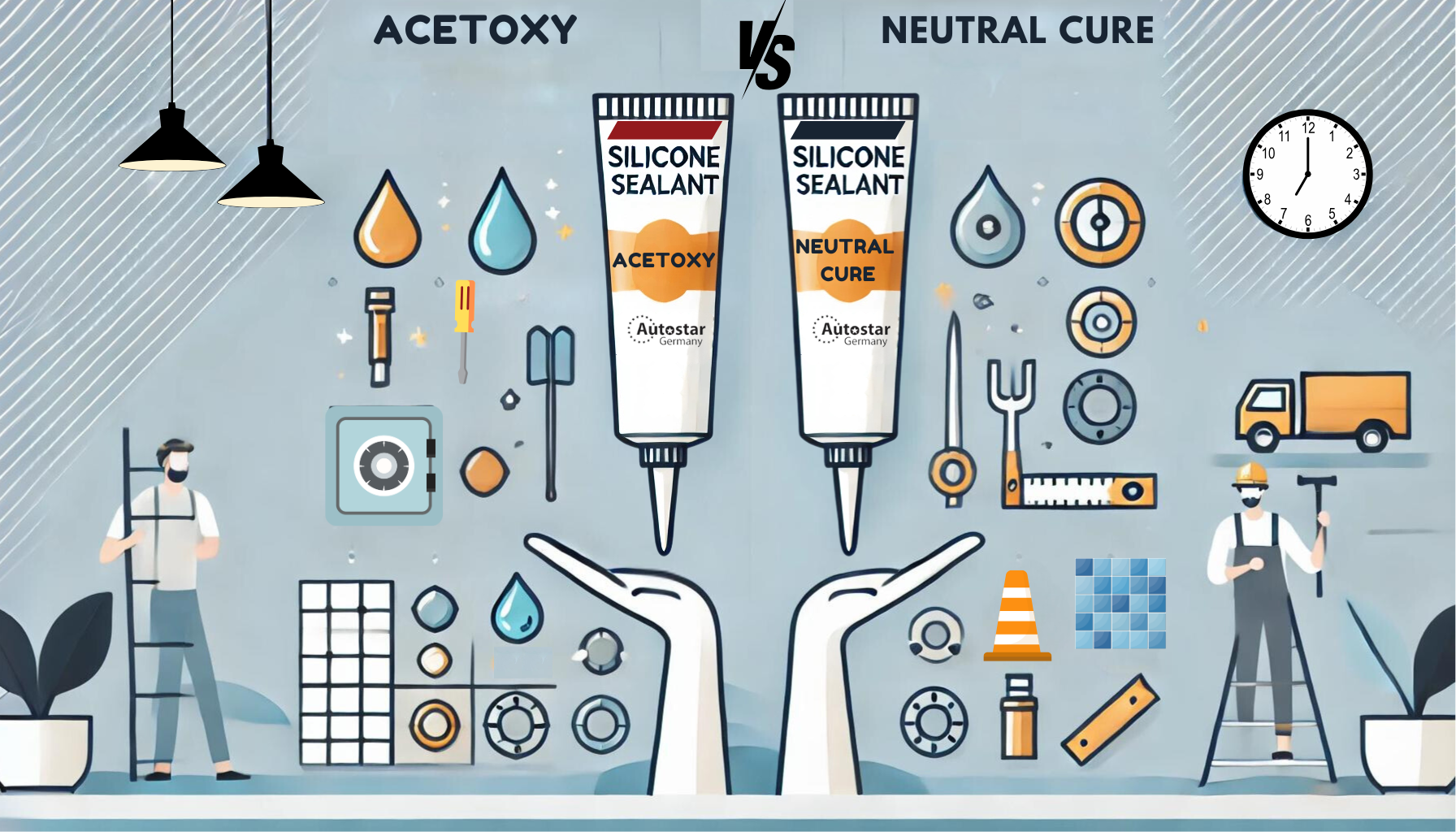

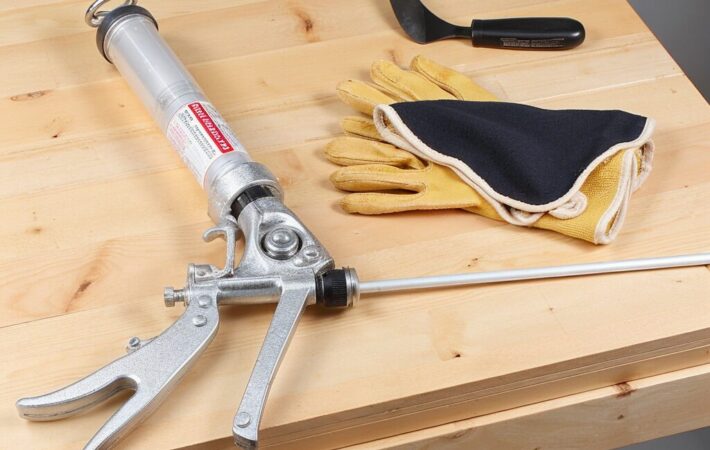
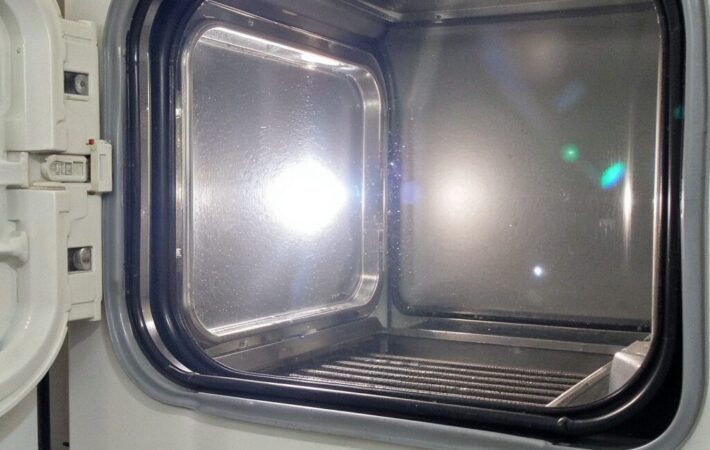
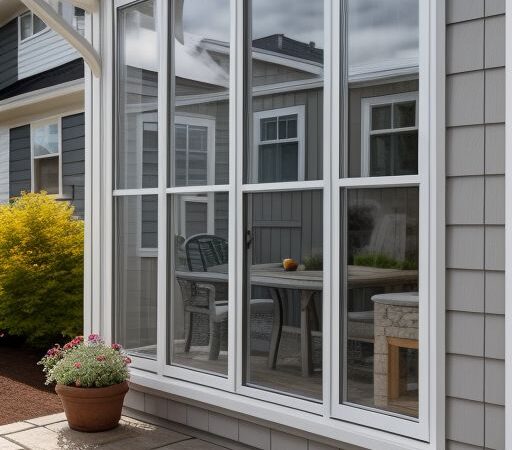
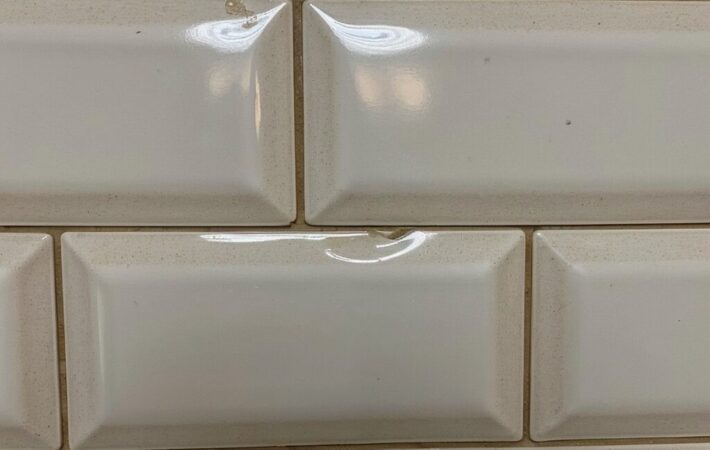
Leave a comment
Your email address will not be published. Required fields are marked *